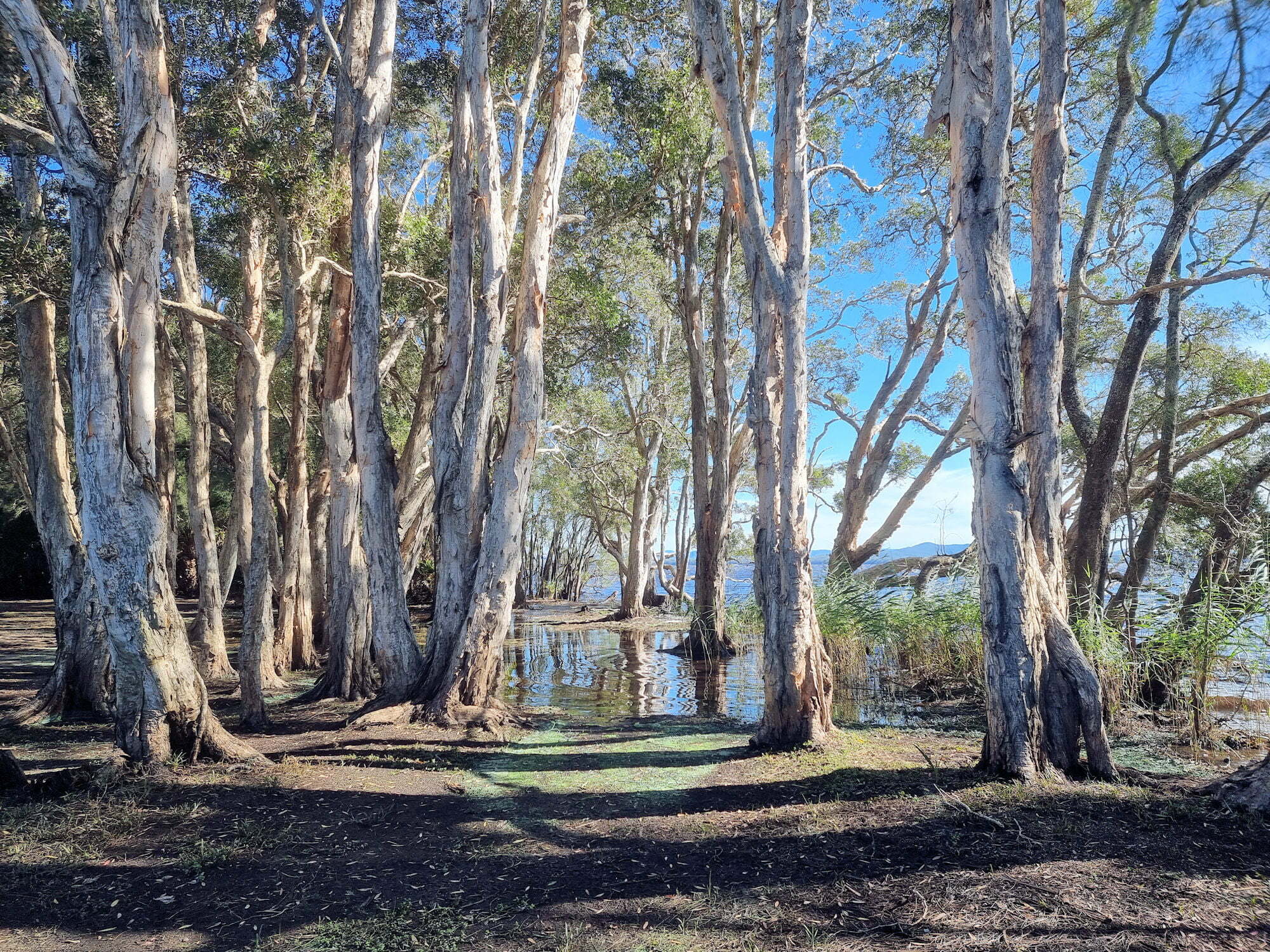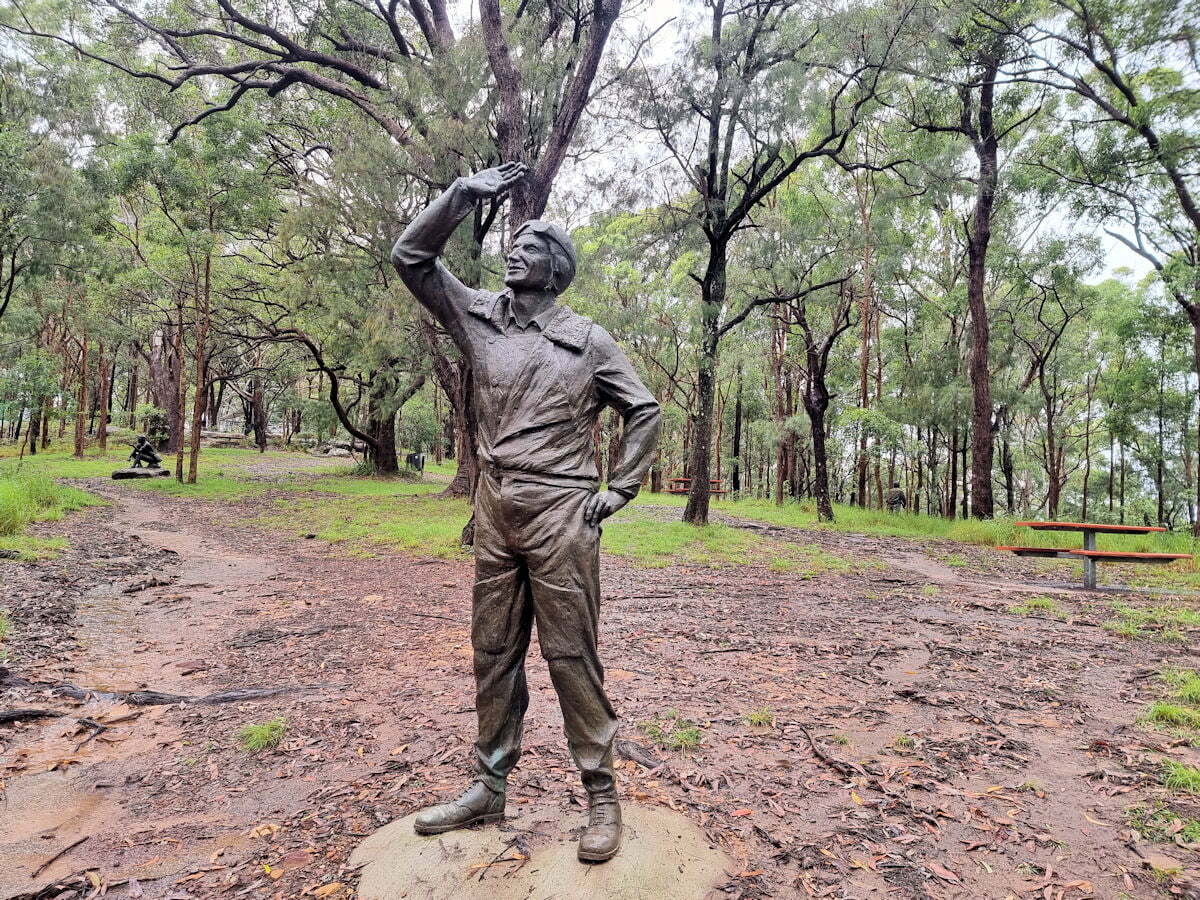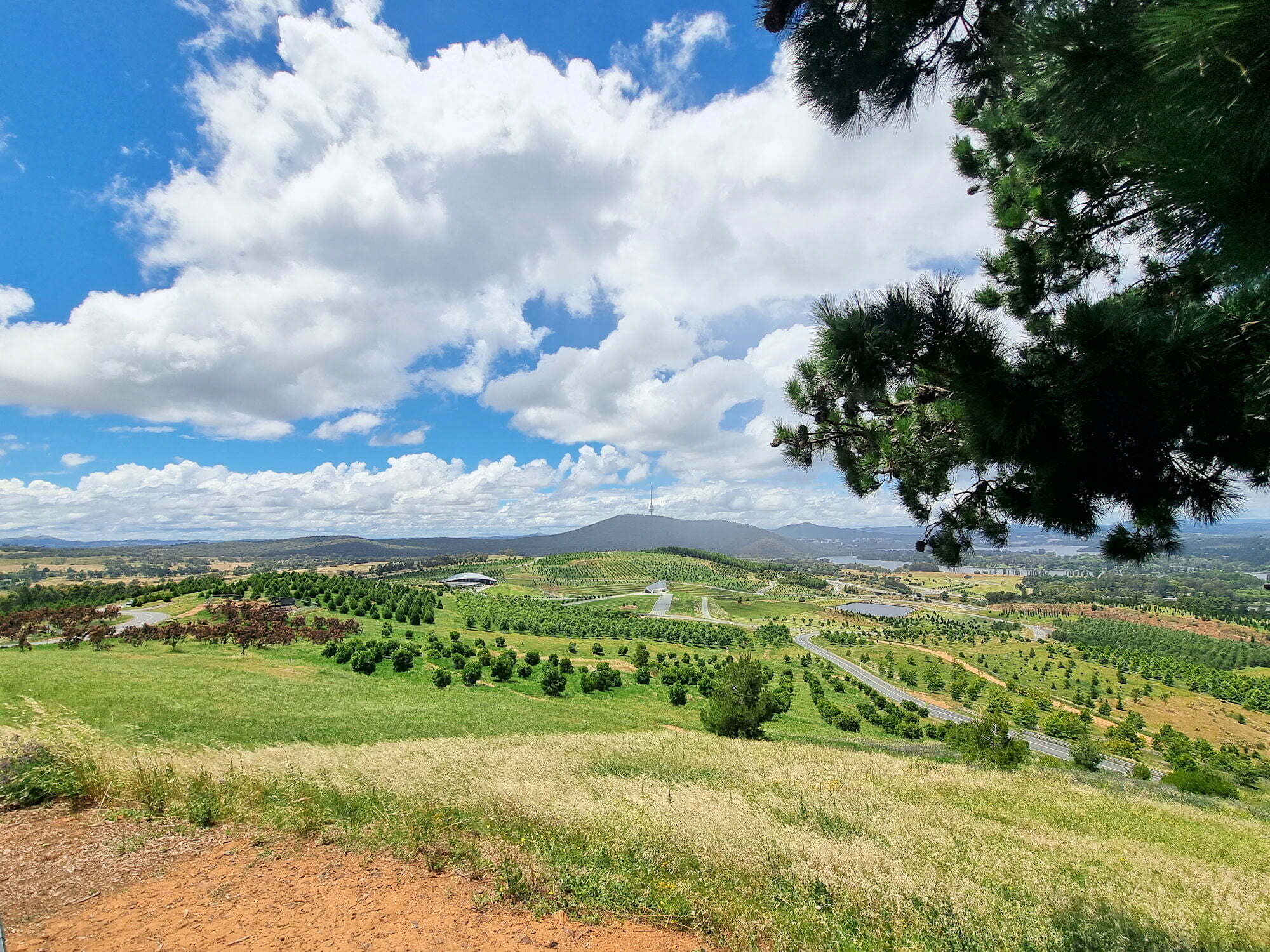Category: trees
-
Mungo Rainforest Walk Myall Lakes

Mungo Rainforest Walk Myall Lakes Set in the Myall Lakes National Park New South Wales Australia, the Mungo Rainforest Walk is an easy 1.5km walk near the lake shore. Getting There A 45 minutes car trip from Bulahdelah will take you via the Bombah Point Ferry. Running every 30 minutes the ferry cost us $5.50… Read more
-
Rumbalara Reserve Statues

Rumbalara Reserve Statues On a wet and rainy morning, we decided to go bush walking at Rumbalara Reserve near Gosford to see the statues. The forecast said some light drizzle clearing to a fine day. Well, it rained all the way during our drive there, where on arrival we waited another hour for the rain… Read more
-
National Arboretum Canberra Australia

National Arboretum Canberra Devastating bushfires in 2001 and 2003, burnt huge areas around Canberra. A recovery project to heal some of the damage included The National Arboretum, which now covers 250 hectares(618 acres in the old measurement). Although very much in its infancy, with plantings still taking pace, it’s a great place to visit. The… Read more